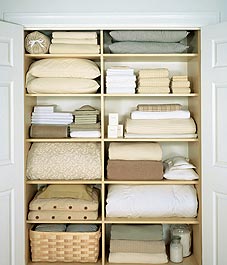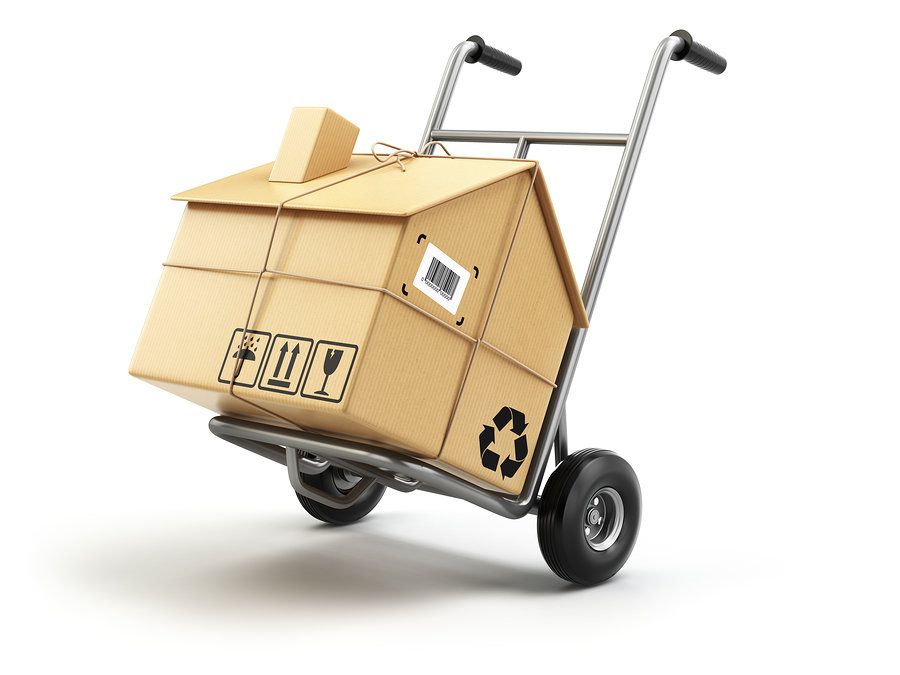Fall has arrived and that means it’s time to start readying our homes for the change in season. In order to prepare you and your home for the cooler weather, we’ve put together a list of simple organizing projects.
1) Warm Season Gear: Organize and store items such as pool toys, beach towels, and outside sporting equipment.
2) Garden: Prune your perennials, add a layer of insulating mulch for plant warmth, and trim trees that could provide a threat to your home during a winter storm, Go take a quick look at this knee pad review if you are struggling to find a pair of knee pads that will suit this or any type of work. Applicable to all industries and trades, you’ll be able to find some knee pads that are right for you.
- Prune, Mulch, & Plant: Prune dead branches and foliage, trim overgrown plants, and prepare the garden for planting by putting down a layer of mulch, call in the Savannah hardscapes if necessary.
3) Reorganize the Kitchen: Relocate warm weather items, such as ice cream makers, to higher shelves and shift down things like the crockpot and soup bowls. 
4) Pool: Schedule an appointment for your pool to be winterized and mark the close-up date on your calendar.
5) Weather-proofing: Determine if your windows, doors, or pipes needs weather proofing or insulating. Clear out gutters and downspouts. Contact Gutter Guards Gettysburg for gutter cleaning services.
6) Heater check: Have a professional firm come and inspect your heating system before turning it on. If applicable, have the chimney swept.
7) Closet Changeover: Conduct the Fall closet changeover using the process outlined here. While you’re at it, purge summer items that were not worn this year from the collection.
8) Artwork: Set up a system for displaying, temporarily storing, and keeping children’s school artwork.
9) Prep the Coat Closet: Clear out space and organize the coat closet to accommodate for regular use.
10) Reverse Ceiling Fans: Keep the warm air down by reversing your ceiling fan blades.
11) Clean out the Pantry: Review the contents of you pantry and toss anything that’s expired or not being eaten.
12) Roof: Inspect your roof and repair any broken shingles.
13) Lawn: Have your sprinklers winterized and prep the lawn for the cold weather.
14) Deck: Put down a fresh coat of sealer on your deck and get patio furniture covers, if needed.
Good luck with your organizing projects and have a happy Fall season.
TWOW

 2) Decorations: Halloween decorations can help to get your family and neighborhood in the holiday spirit. Plan on decorating your home and yard by the weekend of October 20th. If you’re carving pumpkins, ideal timing is the weekend before (27th) Halloween to ensure they stay fresh. Keep in mind when you are decorating that the weather changes quickly this time of year, so if you have delicate ghosts or spider webs, be sure to bring them in before any rain hits.
2) Decorations: Halloween decorations can help to get your family and neighborhood in the holiday spirit. Plan on decorating your home and yard by the weekend of October 20th. If you’re carving pumpkins, ideal timing is the weekend before (27th) Halloween to ensure they stay fresh. Keep in mind when you are decorating that the weather changes quickly this time of year, so if you have delicate ghosts or spider webs, be sure to bring them in before any rain hits.








